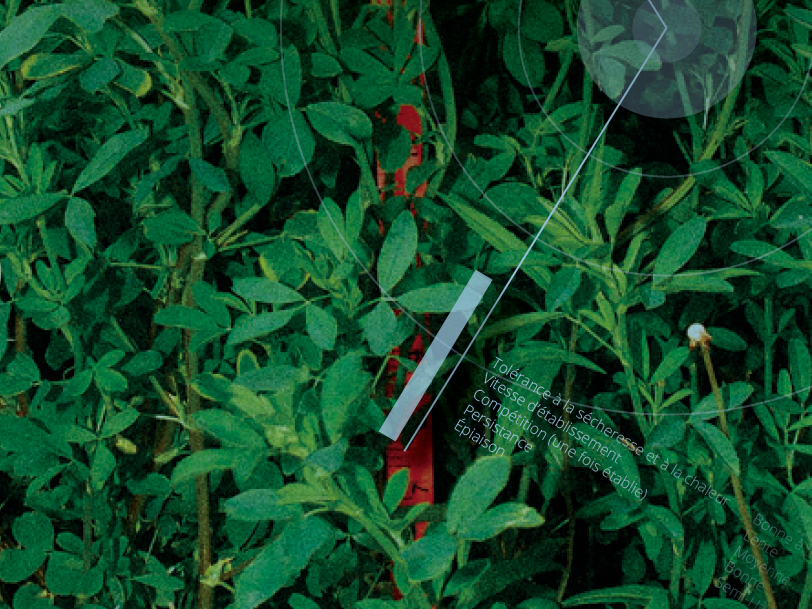Insemination Trends: The Rise in Sexed and Beef Sire Semen
- June 7, 2022

Sexed Semen Trends
Sexed semen has been available since 2005 and despite the initial low adoption rate, it is now being increasingly utilized across the dairy industry for herd management decisions.
Figure 1 shows the trend in estimated usage of sexed semen for Holstein, Jersey and Ayrshire. For all three breeds, a steady incline in the use of sexed semen has been observed over the past 5 years. Between 2016 and 2021, the use of sexed semen in the Jersey breed has increased the most from 8% to 28%. For Holsteins, a slightly smaller increase from 4% to 13% was noted between 2016 and 2021 while a similar increase was observed in the Ayrshire breed, now at 9% usage of sexed semen.
Figure 1. Estimated Usage of Sexed Semen by Breed

Beef Semen Trends
Another noticeable semen trend in the dairy industry is the increased use of beef sire semen to breed dairy animals, known as “Beef on Dairy”. With over 1.7 million new insemination records being added to the Lactanet database each year, we can gather information on the service sire breed to visualize this trend.
Figure 2 shows an updated trend in beef service sires for insemination of Holstein, Jersey, and Ayrshire females.

Holstein on Holstein breedings have steadily declined from roughly 95% between 2005 and 2011 to just below 90% in 2017. Since then, we have seen a more rapid decline between 2017 and 2021, dropping from 90% to 76%. With the use of other dairy breed sires consistently remaining low at less than 1%, the decrease in Holstein sire semen corresponds to an equivalent increase in the use of beef sire semen. As such, between 2005 and 2011 the use of beef sire semen remained low at roughly 4%, which increased to 9% in 2017. Since 2017, the rise of “Beef on Dairy” in Holsteins has increased to almost 23% in 2021.
A similar trend is observed in the Jersey and Ayrshire breeds. Jersey on Jersey breeding remained above 90% until 2013 and has since slowly declined to 77% in 2021. This corresponded with an increase in the use of beef sire semen from below 5% to 20% between 2013 and 2021. For Ayrshires, the use of Ayrshire sire semen remained around 90% and beef sire semen below 6% until 2012. Now, the use of “Beef on Dairy” in Ayrshires is 35%.
Benefits of Using Sexed or Beef Sire Semen
So why are more and more dairy producers using sexed semen and beef sire semen? All major North American A.I. organizations are selling sexed semen for many of their progeny proven and genomic young bulls making it widely available. By shifting the sex ratio of calves from 50:50 with conventional semen to nearly 95% females with sexed semen, sexed semen has an obvious benefit for dairy cattle producers. It not only eases the calving ability but also can guarantee the required number of replacement heifers born in the herd, thereby reducing the number of purchased animals required and the risk of infectious diseases entering the herd.
When utilized in tandem with genomic testing, dairy producers can identify their genetically superior cows and heifers to use sexed semen on. This helps accelerate genetic gains by ensuring top genetics in your replacement heifers.
Also, thanks to sexed semen and advances in heifer rearing practices, many herds can produce more replacements than necessary. When there is no need or interest in producing a replacement heifer from a given dam, an alternative breeding strategy can be used. With a premium sale price in many markets for young calves that are Beef on Dairy crossbreds, the use of beef sire semen allows you to maximize profits. It is thus clear that dairy farmers need to start thinking about producing two product lines, both dairy and meat, given the significant contribution that the dairy industry now contributes to the cattle growing and finishing sector.
By providing an opportunity to expand your herd, make a profit by selling extra calves or heifers, and increase the genetic gain of your herd it is clear why the dairy industry is seeing a rise in the combined use of sexed semen and beef sire semen.












